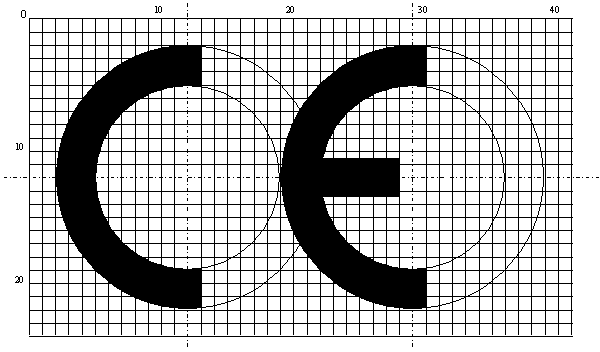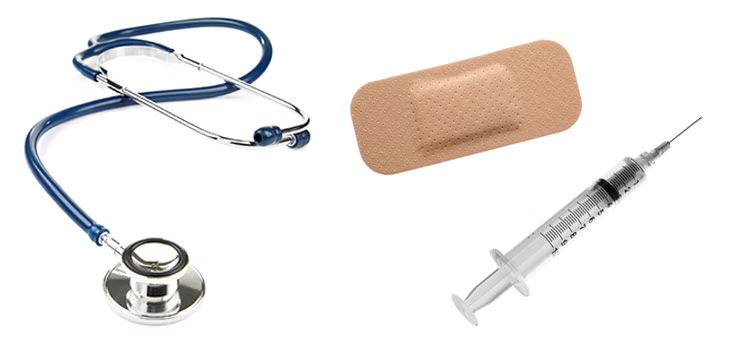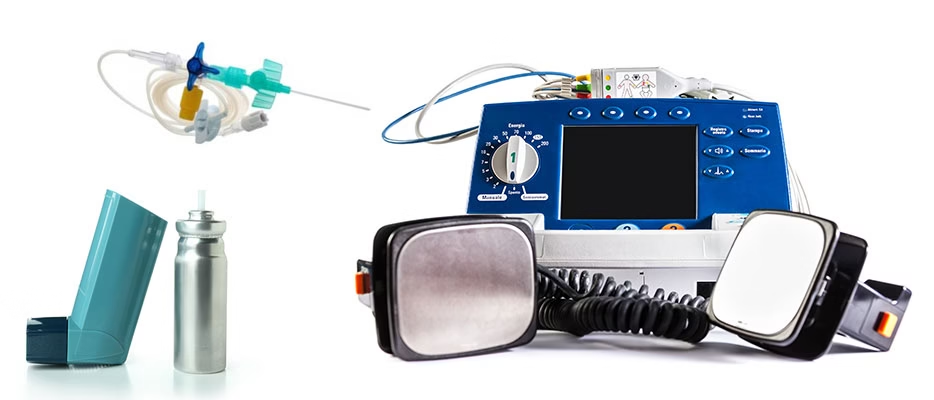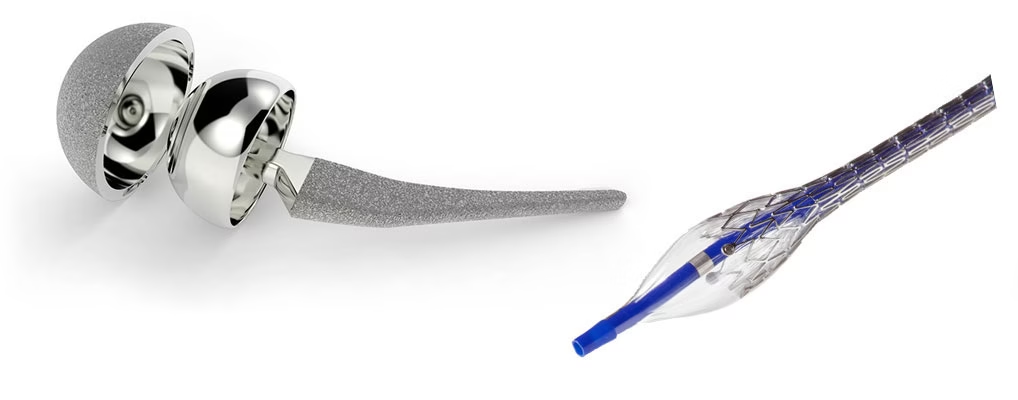CE Marking for Medical Devices and IVDs
What is CE Marking?
CE marking is a certification showing that a product meets the European Union’s safety, health, and environmental standards. The CE marking is required for many products, including medical devices and in vitro diagnostic devices (IVDs), before they can be sold in the EU.
The CE marking ensures that medical and diagnostic devices are safe for patients and users, effective for their intended purpose and compliant with EU’s Medical Device Regulation (MDR 2017/745) or EU’s In Vitro Diagnostic Regulation (MDR 2017/746)

How to obtain CE Marking
Getting CE marking is a step-by-step process that proves your product meets EU safety and performance standards.
Here’s how it works:
1. Classify Your Device
Every medical device and IVD must be classified based on the products intended purpose and its risk level:
- Medical Devices: Classes I, IIa, IIb, III (Class I is lowest risk, Class III is highest)
- IVDs: Classes A, B, C, D (Class A is lowest risk, Class D is highest)
The classification determines how strict the approval process will be.

Medical Device class I

Medical Device class II

Medical Device class III
Our Regulatory consultants can support you with the scope of your products’ Intended purpose and also perform the risk classification.
Following this we would recommend you to set up a Regulatory and Clinical strategy.
2. Set Up a Quality Management System (QMS)
You must implement a QMS – usually based on ISO 13485 – to ensure consistent product quality.
Higher-risk devices require a more robust system and an audit by a Notified Body (an independent EU-approved organization).
We at GBA Key2Compliance, as QA Consultants, are experts to set up this for your product and organization. Even if this is an extensive work we’ll find the best solution suitable for you.
3. Prepare Technical Documentation
This includes, but are not limited to;
- Product description and the intended purpose
- Technical documentation incl Verification & Validation
- Risk analysis and safety data
- Clinical or performance evaluation
- Manufacturing and design details
This documentation proves your device meets all legal and safety requirements.
To develop the Technical documentation there are many experts to be involved, all depending on the type of product. If you lack competence within some of the areas, we will be happy to put together a team consisting of our experts within the areas of Regulatory, Clinical, Biocomp, Software, Risk Management, and last but most important, your own product knowledge.
4. Appoint an EU Authorized Representative (if non-EU company)
If your company is outside the EU, you must appoint a local Authorized Representative.
They act as your legal contact for EU authorities and must be listed on your product packaging.
We are happy to offer this service for our customers located outside EU.
5. Register in EUDAMED
You must register your company and device in the EUDAMED database.
This includes assigning a Unique Device Identifier (UDI) to help track your product throughout its lifecycle.
6. Undergo Notified Body Review (if required)
For most medium- and high-risk devices, a Notified Body must review your QMS and technical documentation.
If everything is in order, they will issue a CE Certificate.
7. Sign the Declaration of Conformity
This is a legal document where you, the manufacturer, declare that your product complies with all relevant EU regulations.
8. Affix the CE Mark
After certification, apply the CE mark to your product, allowing it to be sold in the EU.
9. Maintain Compliance
After approval, you must monitor the product performance, report serious incidents, and update documentation when applicable.
If you are new to the industry, this is most often a much more extensive work than you could expect.
This is part of post-market surveillance, which ensures ongoing safety and effectiveness.
Maintaining compliance involves both the Quality Management System and Technical Documentation. It’s an ongoing part of your daily routines, where our experts support you in staying compliant, avoiding risks, and ensuring smoother market access. Reach out today and let us help you strengthen your compliance journey.
Want to learn more about the road to CE-mark for your medical device?
The CE mark indicates that a product meets the applicable EU laws and allows the manufacturer to make their device available on the European market. Navigate the complexities of obtaining a CE mark for your medical device with our guide.
In this guide, you will find:
- Detailed Overview: A comprehensive look at the CE marking process from initial concept to market entry.
- Regulatory Framework: Insights into the Medical Devices Regulation (MDR) and In Vitro Diagnostic Regulation (IVDR).
- Quality Management Essentials: Steps to establish and maintain a Quality Management System (QMS) that complies with EU standards.
- Practical Tips: Expert advice on navigating the certification efficiently to save time and avoid common pitfalls.
Download our guide and start your road to CE mark!
